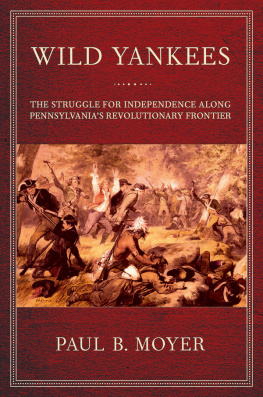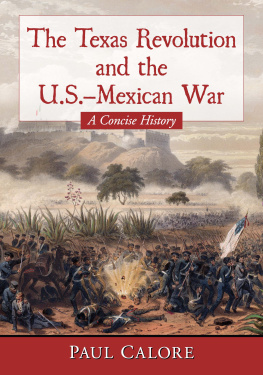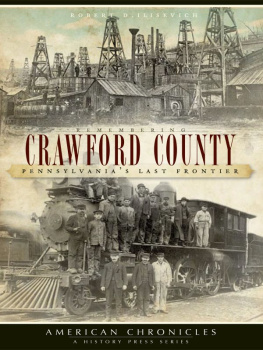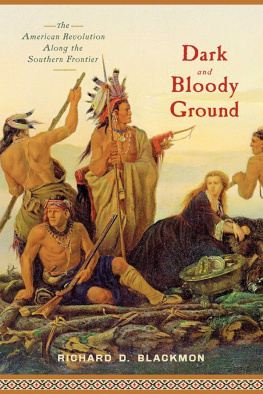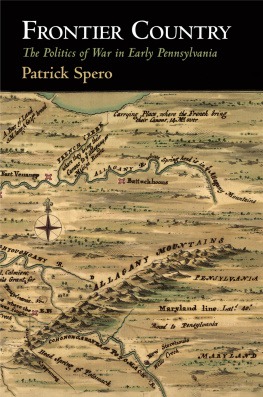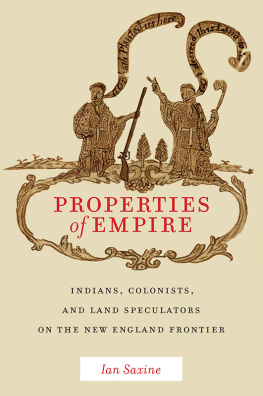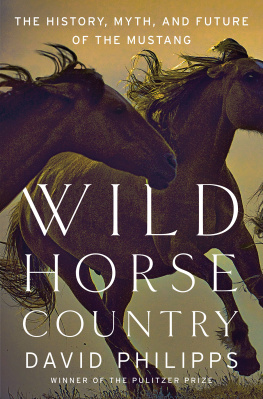Wild Yankees
The Struggle for Independence along Pennsylvanias Revolutionary Frontier
Paul B. Moyer
Cornell University Press
Ithaca and London
For my parents
Robert William Wagner Moyer
Linda May (Potteiger) Moyer
Contents
Illustrations
Maps
Portraits
Acknowledgments
This project first germinated in my mind during a graduate research seminar I took with Carol Sheriff at the College of William and Mary. It was with her guidance and encouragement that I developed the idea of examining the intersection between daily life and agrarian unresta concept that has guided this project ever since. When I selected the Wyoming controversy for the topic of my doctoral dissertation, I was ably supported in my endeavors by James Whittenburg, Leisa Meyer, James Axtell, the late John Selby, and Alan Taylor. Jim Whittenburg is everything anyone could want in a dissertation committee chair, and Leisa Meyer pointed me in the direction of examining the relationship between agrarian unrest and the frontier process. Alan Taylor, besides offering insightful comments on my dissertation, put it all into perspective by reminding me that it was only one of many drafts I would turn out on the way to publishing a book.
I have also had the good fortune to land among a very supportive group of scholars here at SUNY Brockport. In particular, two of my colleagues stand out for the help they gave me in transforming my dissertation into a book. Steve Ireland read and commented on each of my chapter drafts and greatly assisted me in clarifying my arguments. Lynn Parsons provided invaluable assistance in helping me to hone my prose. Thanks also to Alison Kalett and the rest of the staff at Cornell University Press for all of their help in making this book a reality. I should also mention that I greatly appreciate the effort the presss anonymous readers so obviously put into evaluating my manuscript.
A number of institutions also contributed to the completion of this project. I would like to thank the staffs of the Historical Society of Pennsylvania, the Connecticut Historical Society, the Pennsylvania Historical and Museum Commission, the Wyoming Historical and Geological Society, the Tioga Point Museum, the New York Historical Society, the Swem Library at the College of William and Mary, and SUNY Brockports Drake Library for their assistance. A special word of appreciation needs to go to Bob Gillam of Drake Librarys interlibrary loan division for the speed with which he obtained research materials. I would also like to express my gratitude toward The College of William and Mary and SUNY Brockport for the research grants they awarded to me.
Last but not least, there are a number of individuals who I need to thank for their support. My parents, Robert and Linda, have encouraged my love of history and my choice of it as a profession in so many ways. I would also like to thank my wife, Christine, and my children, Bridget and Ethan, for putting up with me for all the years I took time away from them to devote to this project. Chrissy, the good news is that this book is almost done. The bad news is that I already have a second one in mind. Finally, I would like to extend my gratitude to the employees and patrons of Brockports Java Junction. Much of the thinking and editing that went into this book was accomplished there with cup of coffee in hand.
A Note on Terminology
I use the terms settlers , farmers , and backcountry inhabitants interchangeably throughout this work to designate non-Native frontier inhabitants, knowing full well that Indians also settled, farmed, and inhabited the land. I refer to those who held land under Pennsylvania as Pennamites, Pennsylvania claimants, or at times, just Pennsylvanians. Likewise, I use the terms Connecticut claimant , Yankee , and New Englander interchangeably to designate settlers who held land under deeds issued by Connecticut land companies. However, I reserve the terms Wild Yankee , Yankee insurgents , and others for those Connecticut claimants who actively resisted Pennsylvania. In the name of verbal variation I also use the terms frontier , backcountry , and hinterland interchangeably. Moreover, when referring to the region on which this study focuses, I employ the terms the Wyoming region , Northeast Pennsylvania , Pennsylvanias Northeast frontier , or simply the Northeast frontier . In cases where I am specifically talking about the Wyoming Valley, I stick with that designation. Finally, although I employ the phases agrarian unrest , agrarian resistance , and agrarian insurgents throughout this work, I do not use the word agrarian to indicate that backcountry settlers were fighting for some radical, leveling vision in which landed property would be equally distributed to all; rather, I simply use it as a synonym for rural, backcountry, or frontier.
Abbreviations
| CCP | Connecticut Claims Papers (2 vols.), Historical Society of Pennsylvania |
| CRP | Samuel Hazard, ed., Colonial Records of Pennsylvania , 9 vols. (Harrisburg, 1852). |
| HDP | Henry Drinker Papers, Historical Society of Pennsylvania |
| HSP | Historical Society of Pennsylvania |
| JTP | Jason Torrey Papers, Wyoming Historical and Geological Society |
| MPLA | Minutes of the Pennsylvania Landholders Association, Historical Society of Pennsylvania |
| PA1 | Samuel Hazard, ed., Pennsylvania Archives , First Series, 12 vols. (Philadelphia, 1854). |
| PA | William H. Egle, ed., Pennsylvania Archives , Second Series, 18 vols. (Harrisburg, 1890). |
| PA4 | George Edward Reed, ed., Pennsylvania Archives , Fourth Series, 4 vols. (Harrisburg, 1900). |
| PA9 | Gertrude McKinney, ed., Pennsylvania Archives , Ninth Series, 10 vols. (Harrisburg, 1931). |
| PMHB | Pennsylvania Magazine of History and Biography |
| PHMC | Pennsylvania Historical and Museum Commission |
| RPLA | Records of the Pennsylvania Landholders Association, Historical Society of Pennsylvania |
| TPM | Tioga Point Museum |
| TPP | Timothy Pickering Papers, Massachusetts Historical Society Microfilm Publications |
| SCA | Susquehannah Company Account Books, Connecticut Historical Society |
| SCP | Julian P. Boyd and Robert J. Taylor, eds., The Susquehannah Company Papers , 11 vols. (Ithaca, NY, 196271). |
| USDT | United States Direct Tax of 1798, National Archives and Records Service Microfilm |
| WHGS | Wyoming Historical and Geological Society |
| WMQ | William and Mary Quarterly |
Introduction
A Farmers Revolution
The Wyoming Valley occupies a roughly twenty-mile stretch of the Susquehanna River between the mouths of Nanticoke Creek and the Lackawanna River. Wyoming is a corruption of the Delaware word Maughwauwam , which translates into the large plains. The name certainly described the wide, fertile flats that bordered each side of the Susquehanna before the land rose into the mountains that boxed in the valley. But this depicts Wyoming in only its strictest geographical sense. In the eighteenth century, people came to use the term to refer to a much larger area of hill and valley country covering Northeast Pennsylvania. By the nineteenth century, the meaning of the word Wyoming had changed in a far more telling way. By then, many Americans believed that it meant, not the large plains, but a field of blood. Considering the regions turbulent history, it is no wonder that its name acquired such a sanguinary association.

